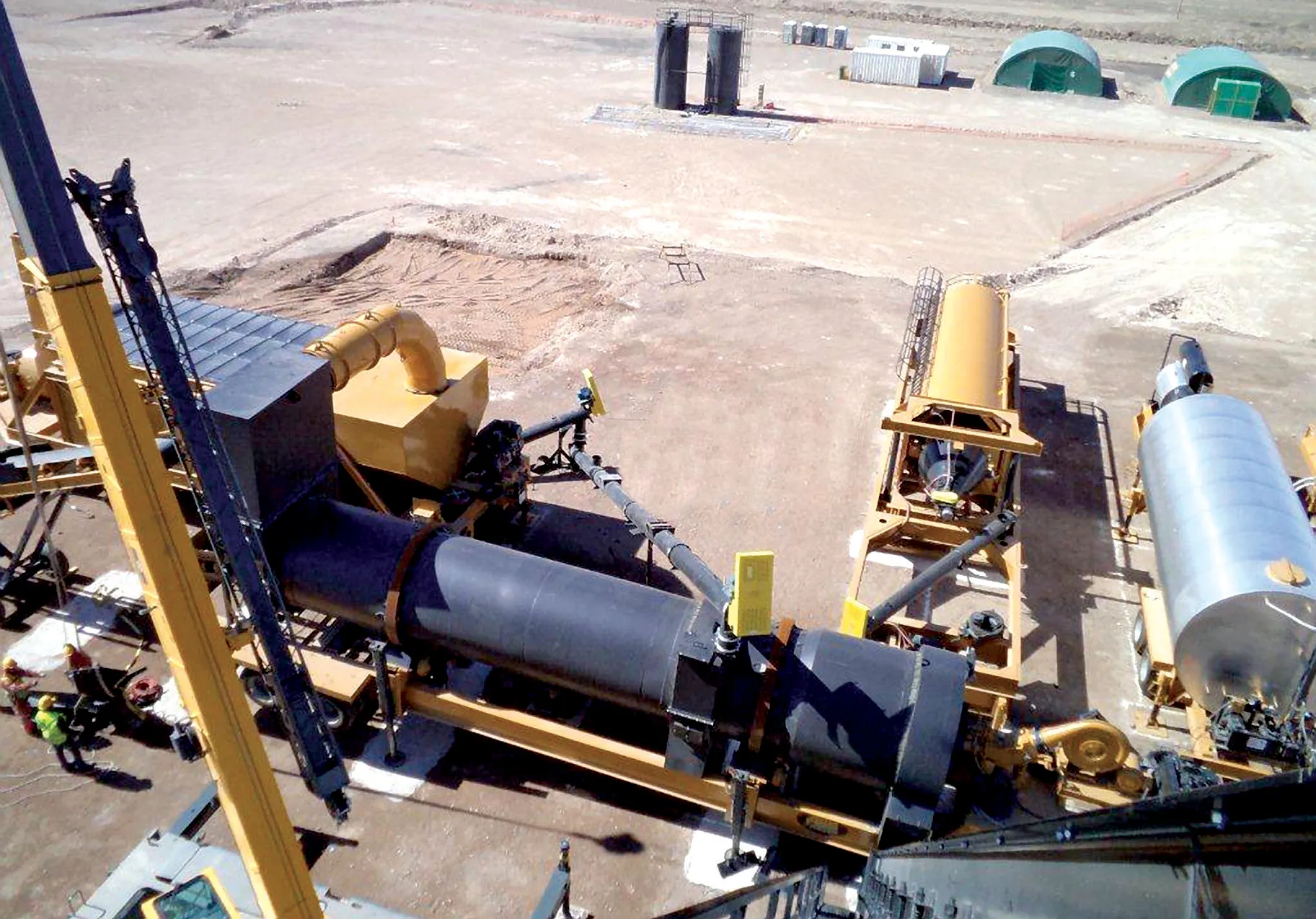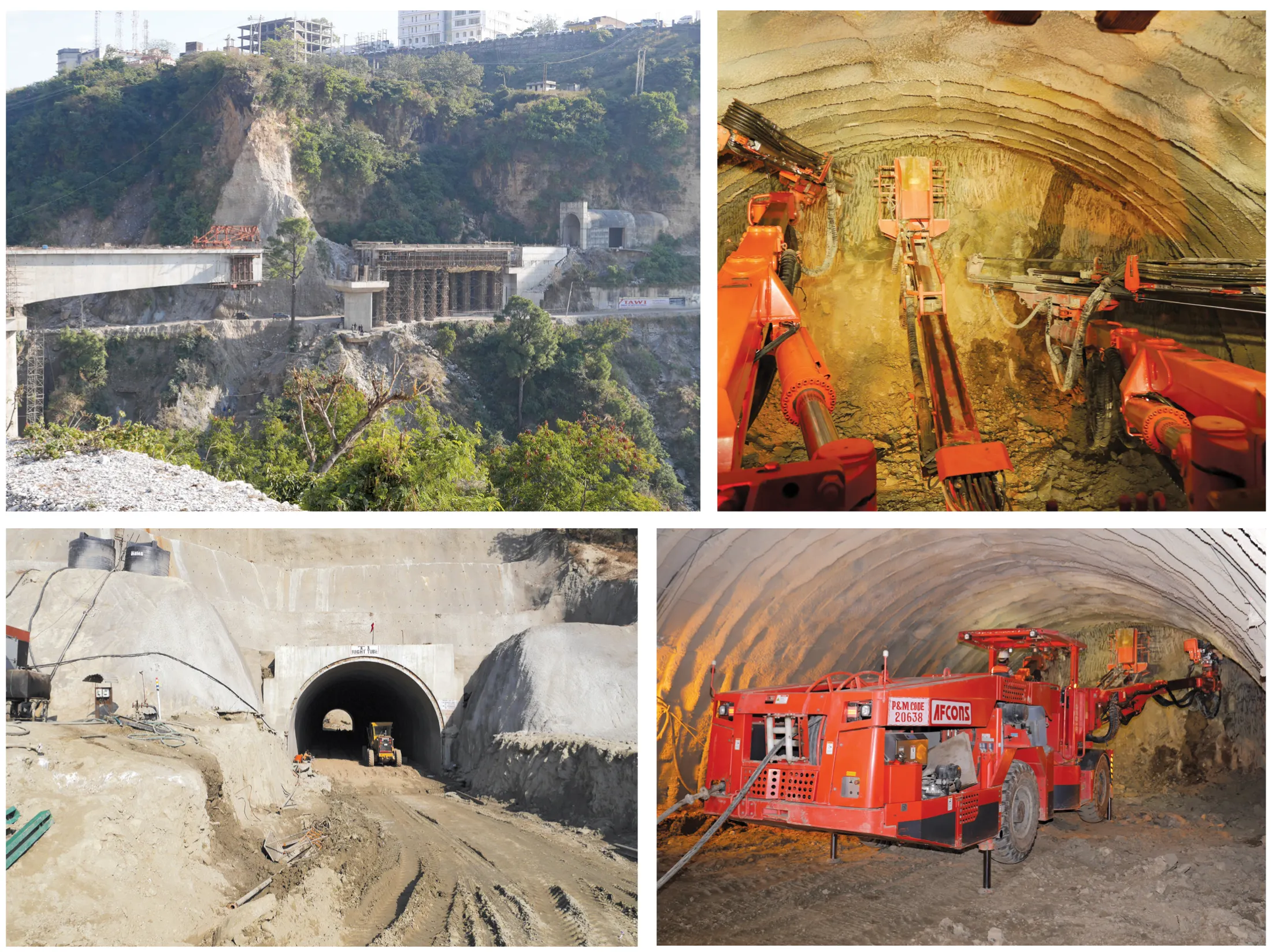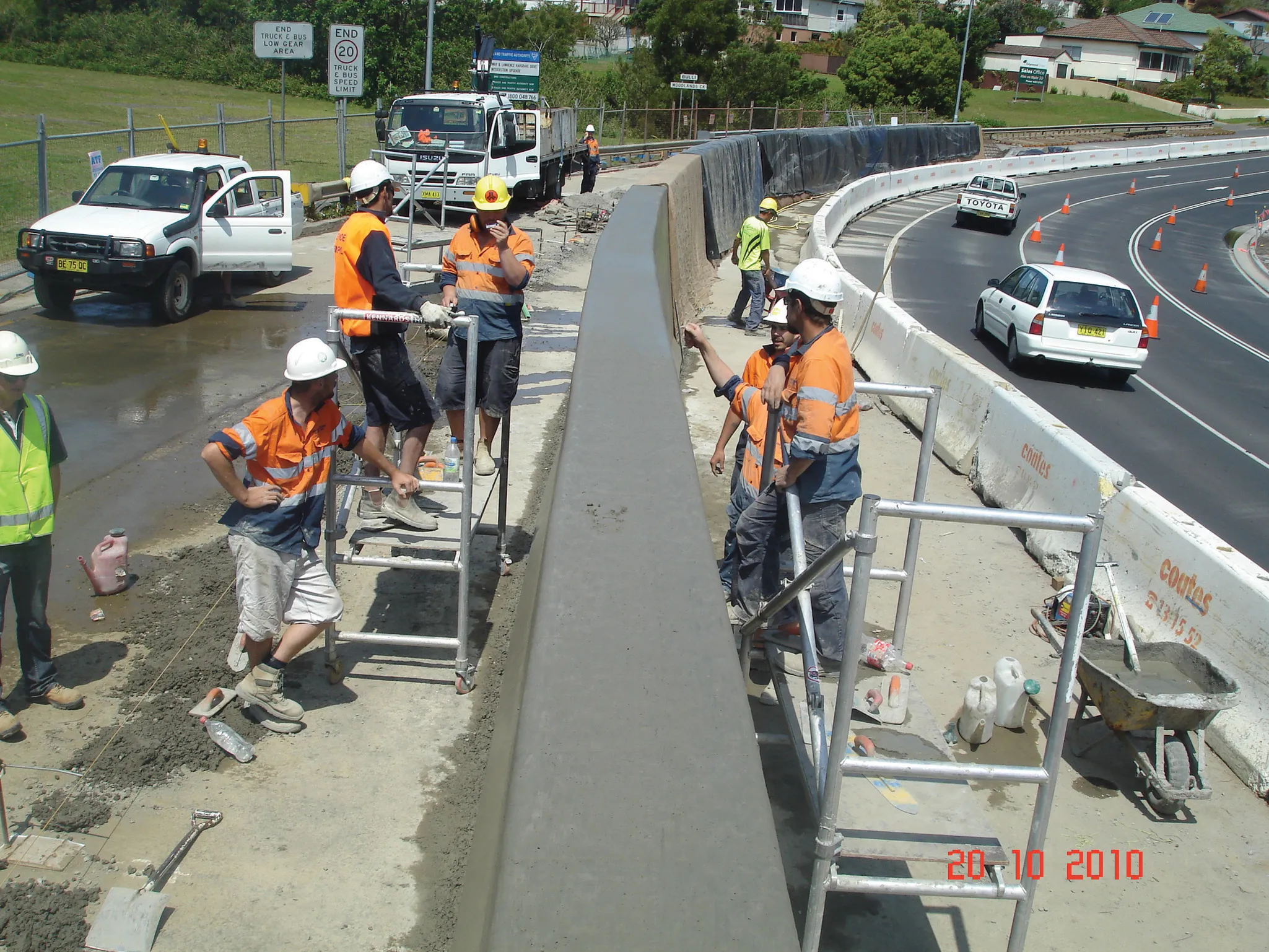For centuries Venetians had given in to the Adriatic Sea, learning to celebrate its unique challenges rather than trying to hold back its tides, but that is changing. Built on an archipelago of 118 islands, with over 150 canals and over 400 bridges connecting the islands, visitors and residents to the old lagoon city travel only by water or on foot: it is considered Europe's largest car-free urban area. So the sight of a state-of-the-art Caterpillar AP655D asphalt paver is unusual, but it is assisting in a
July 23, 2012
Read time: 3 mins

For centuries Venetians had given in to the Adriatic Sea, learning to celebrate its unique challenges rather than trying to hold back its tides, but that is changing.
Built on an archipelago of 118 islands, with over 150 canals and over 400 bridges connecting the islands, visitors and residents to the old lagoon city travel only by water or on foot: it is considered Europe's largest car-free urban area.
So the sight of a state-of-the-art178 Caterpillar AP655D asphalt paver is unusual, but it is assisting in a bid to safeguard the historic city for the 20 million visitors that navigate its waterways each year.
Venice has been sinking, with nearly 280mm lost in the last century, and today it experiences high tide events with a frequency eight times more than in the early 1900s. Flood tides especially threaten the city throughout the winter months and, as a result, ground floor structures are no longer habitable throughout Venice.
Safeguarding Venice is carried out by the Ministry of Infrastructure-Venice Water Authority through a consortium of Italian engineering and construction companies. In 2003, the consortium (Consorzio Venezia Nuova) started what many say is the largest public works project in Italian history. Modulo Sperimentale Elettromeccanico (Electromechanical Experimental Module or MoSE) is an ambitious project of 78 inflatable mobile flood barriers that will temporarily separate Venice from the Adriatic Sea during exceptional high-tide events. Compressed air will empty water to raise the gates, blocking incoming seawater.
Three separate inlet gate locations will be constructed, and when combined with 45km of defences previously installed along the coastline, these gates will allow even greater flexibility and control.
Temporary construction platforms are being built at the inlet sites to minimise land use; enable the transport of equipment and materials by sea; allow for dry storage, and facilitate construction and launching of the structural elements (caissons) for each row of gates. One such temporary prefabrication is currently under construction for the gates at Malamocco and Lido San Nicoló.
A new Cat AP655D with steel track undercarriage, one of the largest asphalt pavers in the Caterpillar paver line, is helping to pave each of its 18 plots, some 130,000m² in total. Each prefabricated plot needs to be capable of supporting the weight of the concrete structures, some 25m long and 15m high.
"To ensure correct construction of these large concrete elements, and avoid possible differential settlements at their base during construction, it was essential for the support surfaces of the structures to be exceptionally sound and comply with extremely precise levelling tolerances," explains Enrico Pellegrini, site manager of Grandi Lavori FINCOSIT. "This is why we decided to use the new Cat AP655D paver for construction of the lean concrete binding layer, with a thickness of approximately 8 cm." Fourteen plots have been constructed totalling 35,000m² of material, with an average daily production of approximately 2,500m².
Construction of the caissons will begin after the plots are paved, and in about 12-14 months, the Cat AP655D paver will again be put to use paving the entire area with a cement-stabilised material. The MoSE project is scheduled for completion in 2012.
The new AP655D has an operating weight of 19,165kg, and competes in the 18-19tonne major class size in EAME (Europe, Africa and the Middle East). Its versatility is said to lie in its two proven undercarriage systems, the Mobil-trac System (MTS rubber track undercarriage) or steel track undercarriage configurations. A Cat C6.6 turbocharged six-cylinder diesel engine delivers 129 kw of power and features the company's proven ACERT Technology.
Built on an archipelago of 118 islands, with over 150 canals and over 400 bridges connecting the islands, visitors and residents to the old lagoon city travel only by water or on foot: it is considered Europe's largest car-free urban area.
So the sight of a state-of-the-art
Venice has been sinking, with nearly 280mm lost in the last century, and today it experiences high tide events with a frequency eight times more than in the early 1900s. Flood tides especially threaten the city throughout the winter months and, as a result, ground floor structures are no longer habitable throughout Venice.
Safeguarding Venice is carried out by the Ministry of Infrastructure-Venice Water Authority through a consortium of Italian engineering and construction companies. In 2003, the consortium (Consorzio Venezia Nuova) started what many say is the largest public works project in Italian history. Modulo Sperimentale Elettromeccanico (Electromechanical Experimental Module or MoSE) is an ambitious project of 78 inflatable mobile flood barriers that will temporarily separate Venice from the Adriatic Sea during exceptional high-tide events. Compressed air will empty water to raise the gates, blocking incoming seawater.
Three separate inlet gate locations will be constructed, and when combined with 45km of defences previously installed along the coastline, these gates will allow even greater flexibility and control.
Temporary construction platforms are being built at the inlet sites to minimise land use; enable the transport of equipment and materials by sea; allow for dry storage, and facilitate construction and launching of the structural elements (caissons) for each row of gates. One such temporary prefabrication is currently under construction for the gates at Malamocco and Lido San Nicoló.
A new Cat AP655D with steel track undercarriage, one of the largest asphalt pavers in the Caterpillar paver line, is helping to pave each of its 18 plots, some 130,000m² in total. Each prefabricated plot needs to be capable of supporting the weight of the concrete structures, some 25m long and 15m high.
"To ensure correct construction of these large concrete elements, and avoid possible differential settlements at their base during construction, it was essential for the support surfaces of the structures to be exceptionally sound and comply with extremely precise levelling tolerances," explains Enrico Pellegrini, site manager of Grandi Lavori FINCOSIT. "This is why we decided to use the new Cat AP655D paver for construction of the lean concrete binding layer, with a thickness of approximately 8 cm." Fourteen plots have been constructed totalling 35,000m² of material, with an average daily production of approximately 2,500m².
Construction of the caissons will begin after the plots are paved, and in about 12-14 months, the Cat AP655D paver will again be put to use paving the entire area with a cement-stabilised material. The MoSE project is scheduled for completion in 2012.
The new AP655D has an operating weight of 19,165kg, and competes in the 18-19tonne major class size in EAME (Europe, Africa and the Middle East). Its versatility is said to lie in its two proven undercarriage systems, the Mobil-trac System (MTS rubber track undercarriage) or steel track undercarriage configurations. A Cat C6.6 turbocharged six-cylinder diesel engine delivers 129 kw of power and features the company's proven ACERT Technology.









